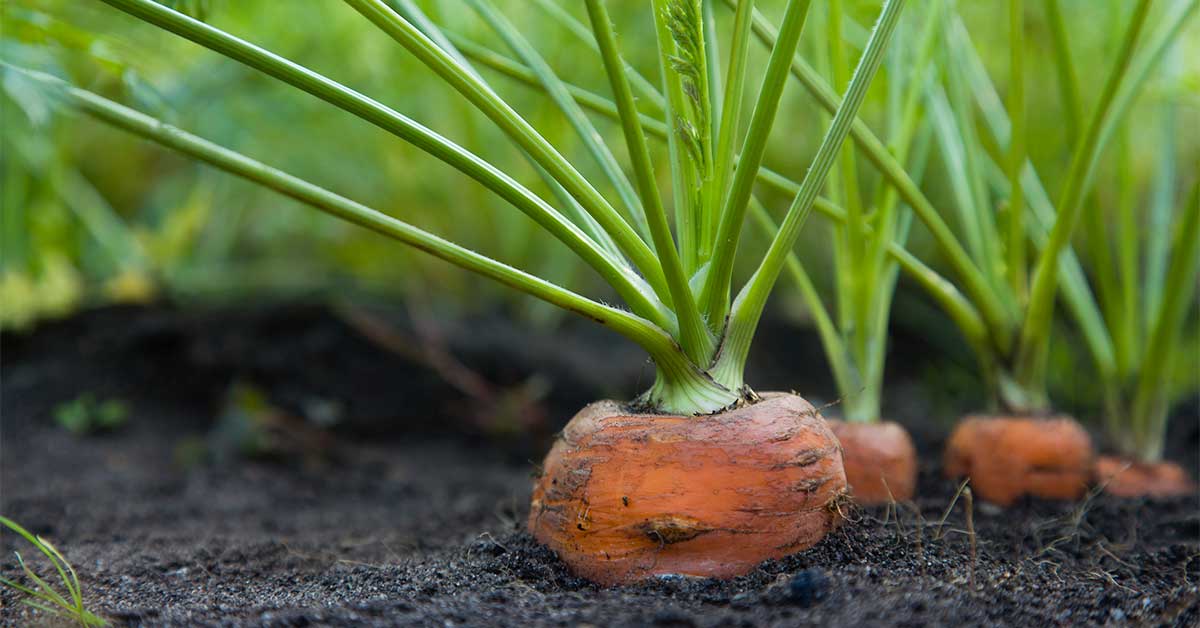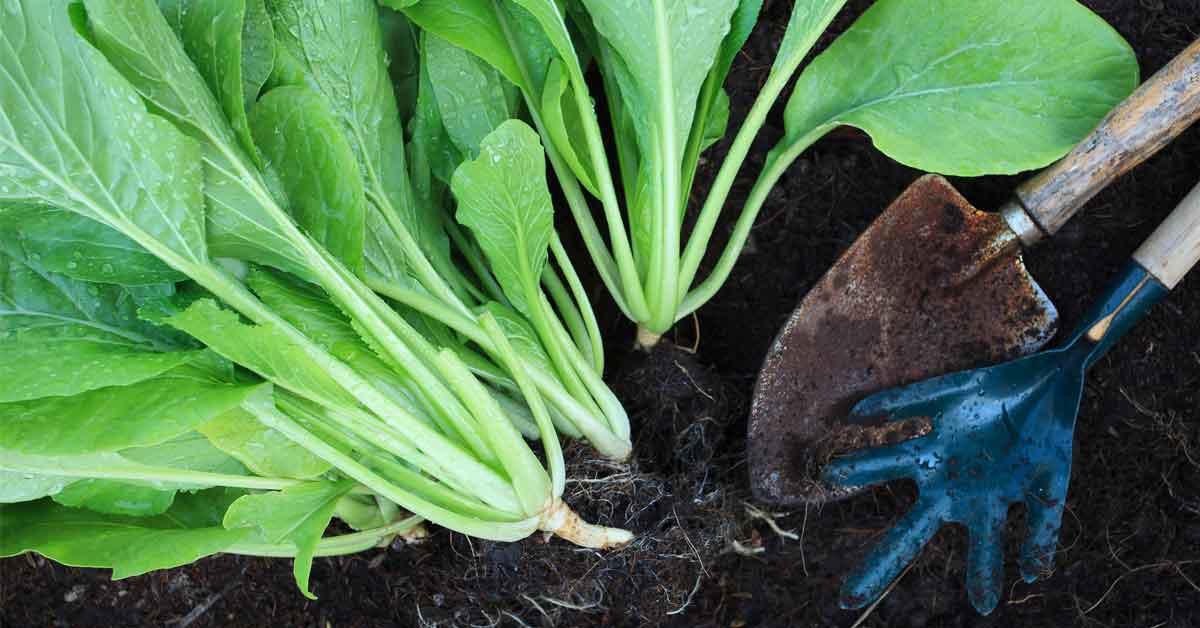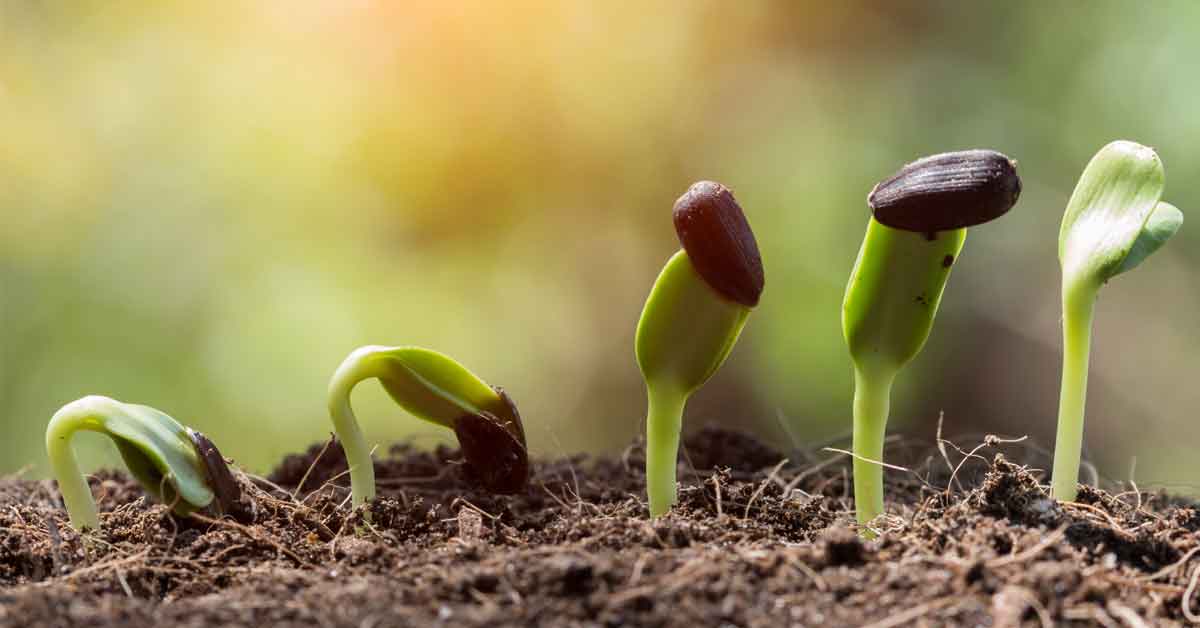An American Timeline: Home Gardening in the U.S.
Home gardens reflect the lives and times of the gardeners who tend them. As American lifestyles changed throughout history, so did home gardens. Yet many of today's “new ideas" for garden spaces echo American gardens from years gone by. The following glimpse into home gardening history reveals inspiration drawn from the present and the past. From the small-space agriculture of Early America to small-space edibles of today, home gardens continue to evolve.
1700s: Without the luxury of corner stores and market produce, American colonists relied on productive home gardens for survival. Small, enclosed dooryard gardens, located right outside the front door, were dedicated to essential edibles and culinary and medicinal herbs.1,3
Early 1800s: As settlers moved west, practical, no-nonsense gardens stayed close to the door, making it easy to protect, maintain and harvest plants. Focused on sustenance, not beauty, "kitchen gardens," as they were called, with fruit trees, veggies and herbs, prevailed. Flowers took a back seat to food and medicinal plants.2
Mid 1800s: Home gardening became a leisure activity as villages grew and produce markets opened. Edible gardens fell out of favor, and ornamental gardens took center stage. U.S. plant breeders focused on new garden varieties, and U.S. researchers became known for their work on plant diseases and pests.2
1860: Pest-fighting tools helped overcome challenges. Dried, crumbled chrysanthemum flower heads, known as pyrethrum, were imported for botanical protection against pests. More than 150 years later, chrysanthemum extracts known as pyrethrins remain among the most powerful natural pesticides available.
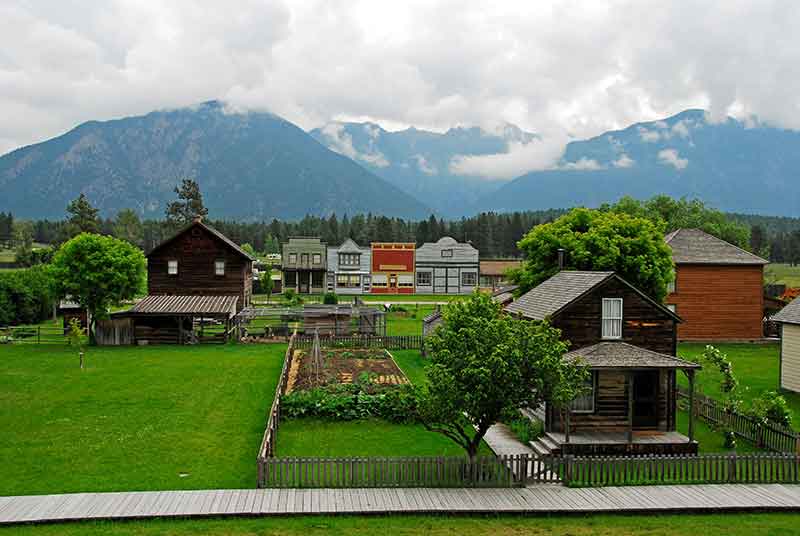
Late 1800s: Home gardens moved from just outside the front door to side and back yards. Front-door gardens were replaced by stylish, maintained grasses known as “lawns." Victorians cut tapestry-like, “carpet bed" designs into lawns and filled them with exotic flowers. Professional garden designers came on the scene, and home gardens once designed for public viewing began to include distinct private areas, protected from the public.3
Early 1900s: Interest in edible gardening dropped as manufacturing jobs drew Americans to urban areas. Home gardens became more natural looking, with softened lines and landscapes that 'connected' home landscapes. Trend-setting American garden designers started using native plants previously considered too weed-like, instead of new, nursery-cultivated varieties.3
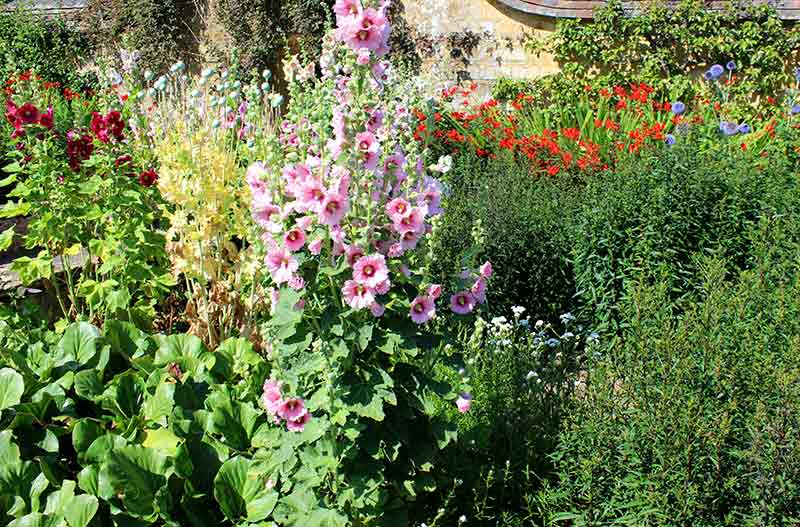
1910-1930: New garden styles from England influenced U.S. home gardens. Large, billowing beds of perennials came into vogue, along with “outdoor living rooms." Lawns grew larger, framed by boundaries of massed shrubs, and “foundation plantings" close to the house grew in popularity.3,2
1940s: World War II brought U.S. home gardeners back to the vegetable patch, and urban community gardens started during WWI took on new life. President Franklin D. Roosevelt urged every American household to fight food shortages with a home garden. By 1943, 20 million “victory gardens" supplied more than 40 percent of all American produce grown that year,5 but interest in vegetable gardens and orchards waned with the war.
1950s and 1960s: Innovations in post-war technology simplified home gardening and improved home gardeners' success. New gardening product introductions, such as Sevin® insecticide and Daconil® fungicide, gave home gardeners the upper hand against pests and diseases.
1970s: The creation of Earth Day in 1970 renewed interest in growing produce at home.6Garden designers started mingling vegetables and fruits in with ornamentals in formal designs, and “edible landscaping" started to take hold. Urban community gardens became more widespread, as did interest in organic gardening.7
1980s: Gardens became extensions of the home instead of separate areas, and “outdoor rooms" came back in style. In 1981, the term “xeriscape" was coined for landscapes containing water-wise plants in dry climates.8 Low-maintenance, drought-tolerant, native plants became more prominent in home gardens.
1990s: Interest in small-space gardening soared as urban populations grew at the fastest rate in history.9 Containers, trellises and permanent planters built into hardscapes became the new home garden for Americans with small, private urban spaces.
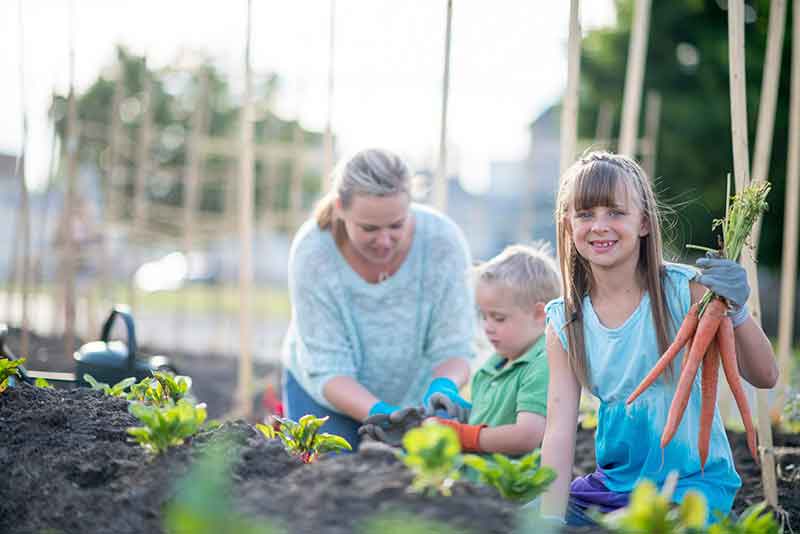
Early 2000s: Edible gardens came back to the forefront — and the front yard — as Americans became more health-conscious and the desire for fresh, local food grew. In 2009, the White House planted its first vegetable garden since WWII.6,10 By 2013, one-third of all American households reported growing food.11
Much like dooryard gardens of Early America, today's home gardens brim with edibles and herbs, but flowers and native plants add interest to utility in distinctly American ways. As the evolution continues, GardenTech® brands stand ready to help beginners and experienced gardeners grow beautiful, productive home gardens of their own.
Worry Free is a registered trademark of Central Garden & Pet Company.
Sevin is a registered trademark of Tessenderlo Kerley, Inc.
Daconil is a registered trademark of GB Biosciences Corp.
GardenTech is a registered trademark of Gulfstream Home and Garden, Inc.
Sources:
1. Leighton, Ann, Early American Gardens: “For Meate and Medicine," (Boston: Houghton Mifflin, 1970).
2. Hyams, Edward, A History of Gardens and Gardening, (New York: Praeger Publishers, 1971), p. 259-302.
3. Somerville, Lee, Vintage Wisconsin Gardens: A History of Home Gardening, (Madison: Wisconsin Historical Society Press, 2011), p. 30-88.
4. Casida, John Casida, editor, Pyrethrum: The Natural Insecticide, (New York, Academic Press, Inc., 1973), p. 4.
5. U.S. Department of Agriculture, “Faith-Based and Neighborhood Partnerships: Increase Access to Fresh Produce."
6. University of California Santa Cruz Library, “Timeline: Cultivating a Movement, An Oral History Series on Organic Farming and Sustainable Agriculture on California's Central Coast," University of California Santa Cruz.
7. University of Missouri Extension, “Community Gardening Toolkit," University of Missouri, April 2015.
8. Associated Landscape Contactors of Colorado, “Sustainable Landscaping: Xeriscape."
9. Frey, William H., “Population Growth in Metro America Since 1980: Putting the Volatile 2000s in Perspective," The Brookings Institution, March 2012.
10. Let's Move: America's Move to Raise a Healthier Generation of Kids, “Gardening Guide."
11. Sinnes, A. Cort, “Food Gardening in the U.S. at the Highest Levels in More Than a Decade According to New Report by the National Gardening Association," National Gardening Association, April 2014.
Get Monthly Gardening Advice!

